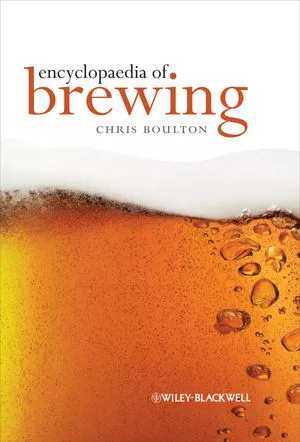Understanding the challenges of asset utilization
Product, packaging changes impact beverage operations’ efficiency
In the proper context, beverage producers and distributors have been investing capital monies to remain competitive, meeting demands of consumers, periodically upgrading infrastructures and complying with regulatory mandates as an ongoing method of doing business.
Generally, a large portion of expenditures is consumed by facilities that must be adequately maintained and utilized to accomplish the expected return on investment. However, as many projections and forecasts have indicated, assets, regardless of an operation’s category or function, do not always attain ultimate utilization.
From an operations perspective, asset utilization is an ongoing operational challenge, especially in process industries like beverages, where constant product and packaging changes raise many questions related to invested assets.
If an operation is not actively producing saleable goods on a 24/7 basis, 100 percent utilization is realistically not possible. Therefore, it is important and prudent to not only evaluate and analyze why utilization should be maximized under various operating conditions but also to address the attainable efficiency level during the time assets are being used. To accomplish this feat, two major factors need to be considered: maximizing utilization and attaining the highest possible operating efficiency during uptime.
Operations managers should ask themselves the following questions: What are some of the causes?; Why do they happen?; And what approaches can be used to minimize the impacts of less than desirable productive use of assets?
It is a basic and fundamental situation that requires in-depth study and knowledgeable decisions.
Historically, for most beverage producing facilities, the evaluation process started at the design or redesign stage of a project and was based on a facility’s current needs, as well as crystal ball projections reflecting future expectations. Such evaluations and projections would ensure that unrealistic capacity/capability did not result in an overbuilt facility with excessive cost.
However, observations and studies in actual practice indicate many facilities are confronted with the utilization problem because over capacity is a physical reality.
In addition to the built-in over-capacity situation, another cause is the volatility of the beverage business with constantly changing packaging, product schedules and a limited volume requirement factor that impacts the use of any specific production line capacity or capability.
The over-capacity situation is being addressed by using a selected benchmark time as the basic level with room for expansion as required. The volume variation factor then becomes a planning and scheduling algorithm, which includes inventory control. Considering today’s beverage environment, existing plants are being retrofitted with advanced technology, which includes automated equipment, increased operating speeds and fewer changeovers. New plants are approaching a higher degree of automation and increased speeds to run packages with different materials, configurations and a variety of containers. The retrofitting process addressing the need for more capacity and/or capability becomes critical in decision making.
For asset utilization in beverages, 80 percent utilization might be a realistic benchmark. However, whether the utilization in an operating facility is 70 to 100 percent, the next important consideration is to determine what the acceptable line efficiency is at the time when the asset is being utilized. This becomes important because it reflects on the downtime and uptime situation and the standard cost basis for the packages being produced.
For more than 75 years, line efficiency has been used as a benchmark for how well a production line is running. But what does this represent and how is it calculated? An analysis of a production week and a single shift can provide answers.
Production line A is a can line, it is available 24/7 for the week, but volume/package/product requirements will not use, three shifts/day, seven days/week (168 hours). Line A requires only 16/6, two shifts/day, six days/week (96 hours). Under this condition for Line A, asset utilization for the six days is 96/168 = 57 percent of available time.
During 57 percent utilization (5,760 minutes), how efficiently did Line A run on a single shift basis (480 minutes)? There are many reasons why Line A might not run 100 percent, but collectively the sum of downtime (non-productive time) events is the major factor.
For example, Line A downtime has been reported as 80 minutes resulting in 400 minutes net productive time; therefore, 400/480 = 83 percent efficiency.
In summary, Line A used 57 percent of the time, operating at an 83 percent efficiency. The asset used little more than 50 percent, with downtime at almost 20 percent.
From cost and operational perspective viewpoints, the utilization and efficiency factors play a major role in the beverage production segment of the supply chain. If Line A is capable of running 1,000 containers per minute (CPM), but has downtime of 20 percent, even running 57 percent, would only realize 800 CPM for costing purposes. BI
Looking for a reprint of this article?
From high-res PDFs to custom plaques, order your copy today!





